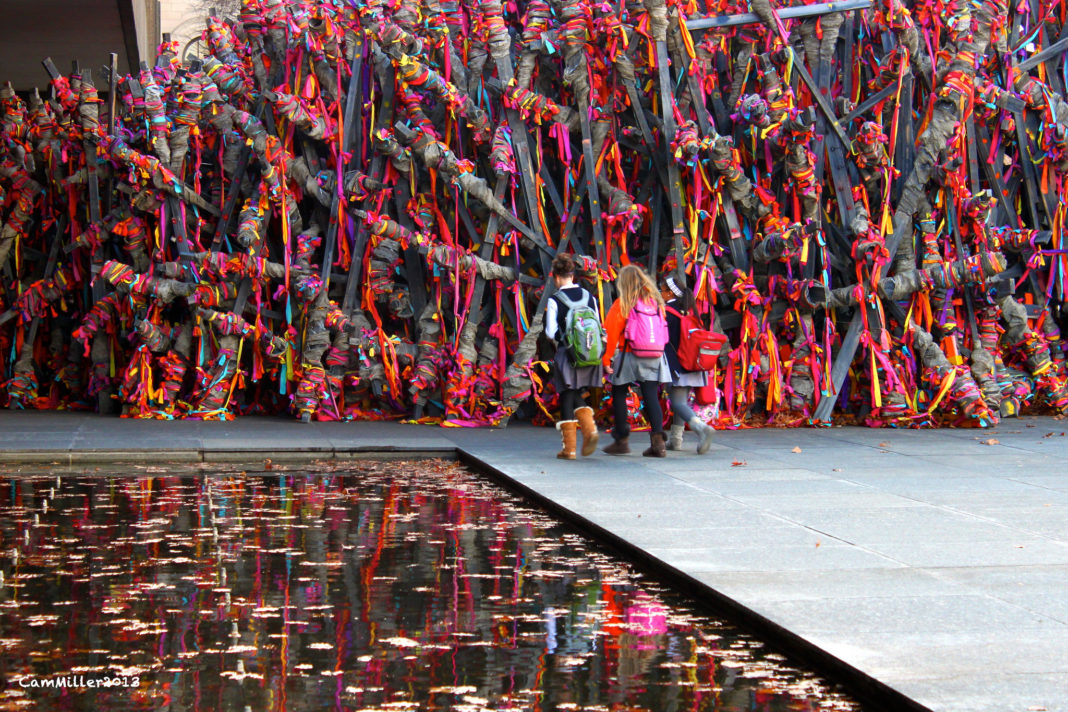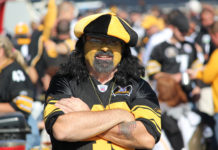In addition to its sports scene – from high school to the major leagues – Pittsburgh also has strong creative and intellectual leanings as seen in its diverse museums, trendy restaurants, distinct architecture, and historic parks and views. Not many cities have a submarine docked along its riverfront or can lay claim to being the birthplace of Andy Warhol and Mister Rogers’ Neighborhood. But it is these subtle nuances that endear this Rustbelt town to those who take the time to know it and to want to visit again.
1. More Than Soup Cans

The Andy Warhol Museum, the largest museum in the country devoted to a single artist, demonstrates this iconic artist’s range with more than 900 paintings, almost 2,000 works on paper, 77 sculptures, 4,000 photographs, and more than 4,000 films. Warhol grew up in Pittsburgh, and this museum demonstrates his talent beyond the pop art on which he built his reputation, including illustrations of cats, photographs of other artists such as Keith Haring and Robert Mapplethorpe, and hundreds of advertising images. For those seeking a more social museum experience, consider Good Fridays, which feature a cash bar and half-price admission from 5 p.m. to 10 p.m. The museum is open Tuesday through Sunday from 10 a.m. to 5 p.m. Admission is $20 for adults and $10 for children. 117 Sandusky St.; 412-237-8300 http://www.warhol.org
2. Beyond the Penguins

Don’t limit your bird experience in Pittsburgh to the Pens. The National Aviary is a unique bird zoo that features 150 species of birds from around the world. Of these 150 species, 60 are identified as part of the Species Survival Plan, a captive breeding effort among zoos around the world to save these birds from extinction. See and read about birds like the Andean Condor and its struggle to survive. If you have an interest in nature as art, plan to see the Wings & Wildlife Art Show, Nov. 4-6. This juried art show presents 35 wildlife artists, working in a variety of media from ceramics to photography. This year’s featured artist is Baron Batch who describes his style as Pop-X, a heady mix of pop art and expressionism. The Aviary is open daily from 10 a.m. to 5 p.m. except for Thanksgiving, Christmas Eve, and Christmas Day. Admission is $14 for adults and $13 for children. Allegheny Commons West, 700 Arch St.; 412-323-7235 https://www.aviary.org
3. Day at the Museum
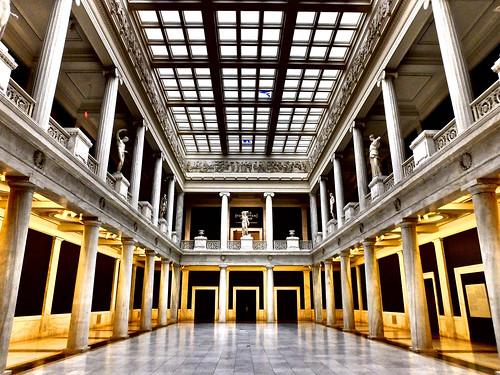
The Carnegie Museum of Art specializes in contemporary art and houses more than 30,000 pieces of all forms. Beginning this fall, the museum will host To Organize Delirium, a comprehensive exhibit of the captivating works of Brazilian abstract artist Hélio Oiticica. Walk into his penetraveis (penetrables) and see the swirl of colors in his parangolés (capes), all inspired by the gritty life in the slums of Rio de Janeiro. Take advantage of CMOA’s drop-in tour to catch its featured exhibits. Hours run from 10 a.m. to 5 p.m. on Monday, Wednesday, Friday, and Saturday; from 10 a.m. to 8 p.m. on Thursday; and from noon to 5 p.m. on Sunday. Admission is $20 for adults and $12 for children. Read museum director Lynn Zelevansky’s blog, Inside the Museum, for lively commentary on trends inside the art world and their impact on museums. 4400 Forbes Ave.; 412-622-3131 http://www.cmoa.org
4. Far from a Sub-Par Experience

Not many museums boast a submarine docked beside it, but at the Carnegie Science Center, the waters of the Ohio River gently lap the sides of the U.S.S. Requin, a vintage WWII, diesel-electric submarine. Inside this museum, interactive displays abound from robotics to the physics and physiology of sports. This museum also houses an Omnimax theater and planetarium. Science Center hours run from 10 a.m. to 5 p.m., Sunday to Friday and from 10 a.m. to 7 p.m. on Saturday. Sub tours run daily from 10 a.m. to 4:30 p.m. Admission is $20 for adults and $12 for children. One Allegheny Ave.; 412-237-3400 http://www.carnegiesciencecenter.org
5. A View to Remember
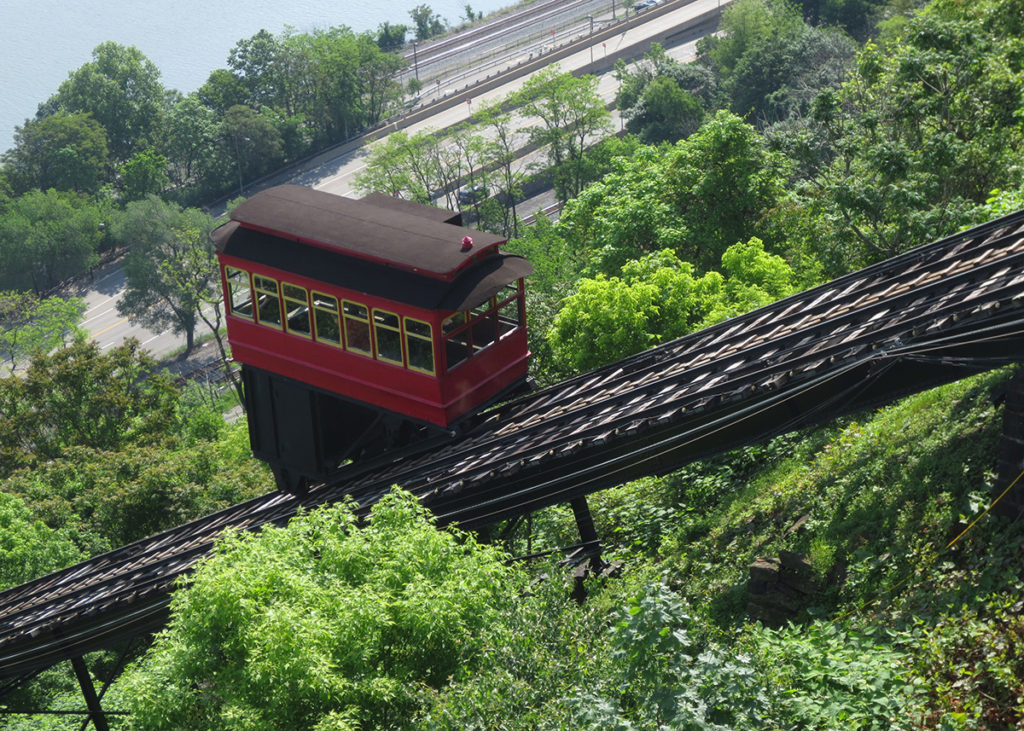
Mount Washington offers one of the best views of the city, and one of the most interesting ways to secure that view is to ascend this 400-foot elevation courtesy of the Duquesne Incline, a plane railroad in operation since 1877. The incline runs from 5:30 a.m. to 12:45 a.m., Monday to Saturday, and from 7 a.m. to 12:45 a.m. on Sunday. Round trip fare for adults is $5 and $2.50 for children (6-11). 1197 W. Carson St.; 412-381-1665 http://www.duquesneincline.org
6. Adventures in Architecture
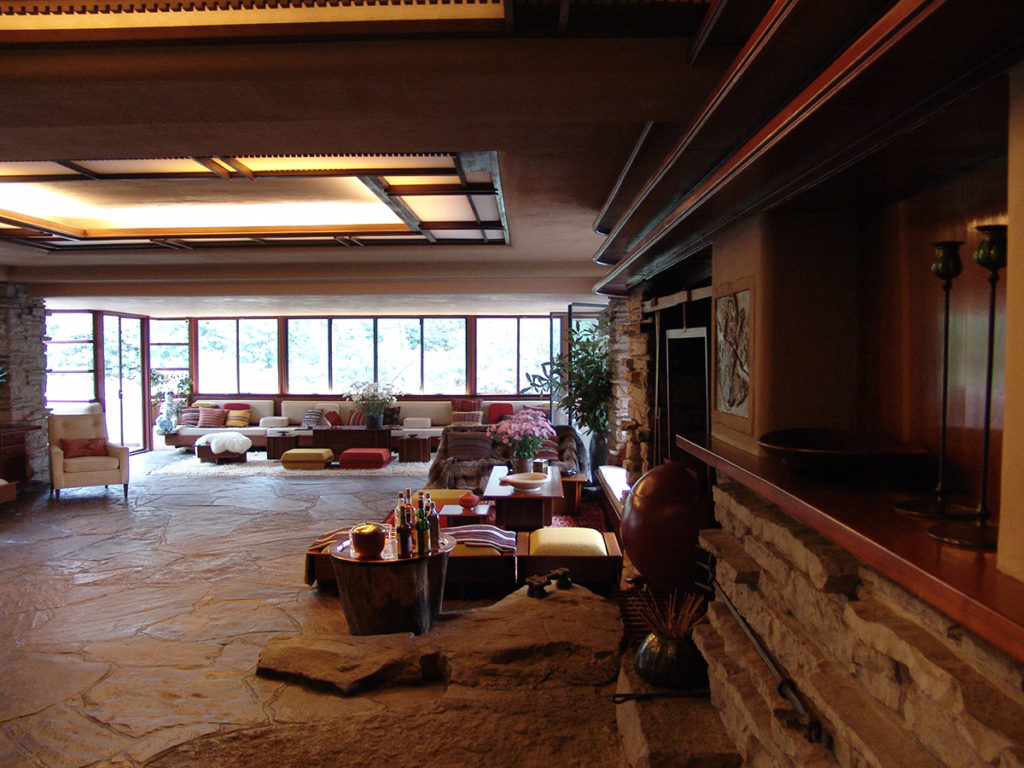
Smithsonian Magazine listed Fallingwater, a house designed in 1935 by world-renowned architect Frank Lloyd Wright, as one of the 28 places to visit before you die. A tour of this house is well worth the 90-minute drive from Pittsburgh, just to step onto its cantilevered terraces thrusting out over the waterfalls of Bear Run and to experience Wright’s subtle integration of nature, design, and space. Best to purchase tickets online for a tour of the house and grounds. Plan for at least a two-hour visit. 1197 W. Carson St.; 412-381-1665. http://www.fallingwater.org


